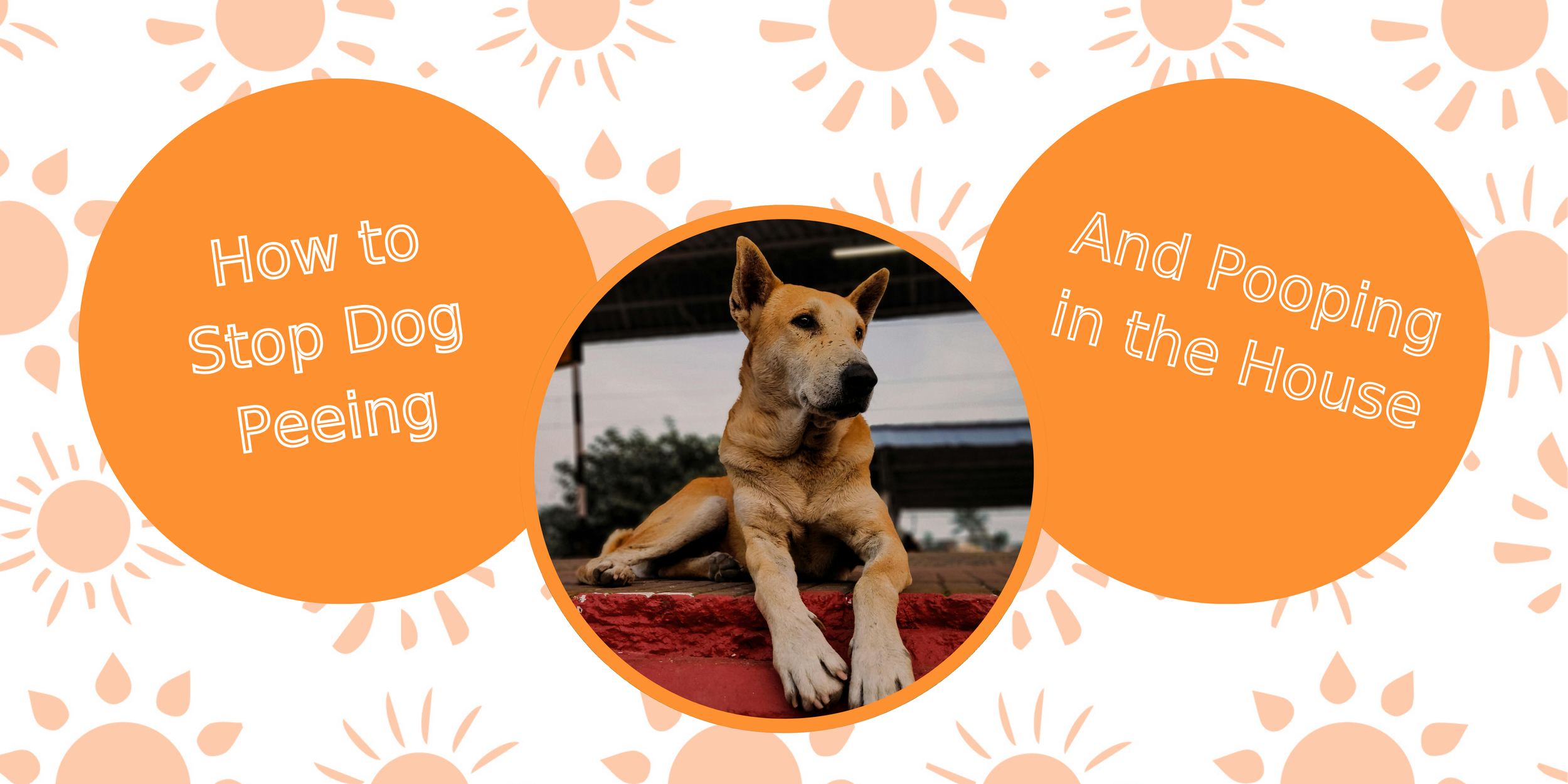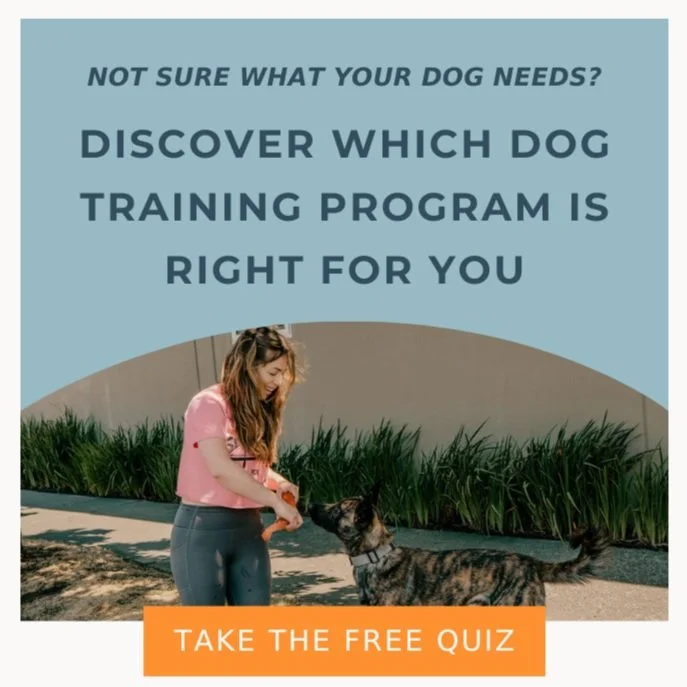How do you stop a dog from peeing and pooping in the house
Cleaning up accidents is definitely the messiest part of having a new dog. But, with a little time and training you can eliminate the majority of accidents!
Your puppy or adult dog can learn where to potty and, over time, develop the muscles to hold everything in until they're in an appropriate place for them to eliminate.
Whether you're dealing with a strong-willed Chihuahua or an eager-to-please German Shepherd, knowing the right approach makes all the difference between frustrating setbacks and house training success.
How to Prevent Dogs from Peeing in the House
Step 1: Rule Out Medical Issues
Before starting any house training program, schedule a veterinary checkup to rule out medical causes for indoor accidents.
Conditions such as urinary tract infections, parasites, or digestive issues can make it impossible for your dog to control their elimination, regardless of your training efforts.
Step 2: Create a Consistent Schedule
Dogs thrive on predictability. Establishing regular meal times, potty breaks, and sleep schedules helps your dog's body develop natural rhythms for elimination.
Step 3: Choose Your House Training Method
Confinement Training (Our Recommendation)
Most dogs have a natural instinct not to potty where they eat and sleep.
If your dog is always confined during meals or when you're unable to supervise them, you can quickly take them out of their confinement area and straight outdoors to develop a routine of pottying outside.
Pros: Crates and other confinement options are easy to travel with, no chances that your dog learns to potty indoors
Cons: Not all dogs enjoy being crated or confined
For complete confinement setup and training steps, check out our crate training guide.
Piddle Pads
Piddle pads are an alternative option for giving your dog an appropriate place to get rid of waste when they're stuck indoors for long periods of time.
Simply put piddle pads near your dog's area or in their enclosed space, but away from their food and bed.
As your dog gets the hang of pottying on the piddle pads, you will slowly move the piddle pads to the front door and then outside to transition your dog from pottying indoors on pads, to outdoors in the grass.
Pros: Great for travel, people that live in apartments
Cons: Some dogs learn that they can potty on anything that looks like a piddle pad
Litter Box or Indoor Potty Station
You can set up a litter box in your pet's station and gradually move it from their confinement area to its permanent location.
Set the litter box up with grass, dirt, and kitty litter so that it resembles your dog's potty area outside.
Put Pottying Outside on a Cue
To train your dog to potty on cue, you will first need to establish a potty schedule so that you can anticipate their need to eliminate.
When you know your dog needs to eliminate, take them outside on a leash to their designated "potty spot" and tell them to "go potty" repeatedly until they start to eliminate.
When your dog is about to be finished, say "yes!" and give them a treat, as well as lots of praise to reinforce pottying outside.
Over time, your dog will learn that "go potty" means to eliminate!
Step 4: Implement Positive Reinforcement
Reward your dog immediately when they eliminate in the correct location.
Use high-value treats, praise, and even a favorite toy to make outdoor pottying the most rewarding experience possible.
Step 5: Clean Accidents Properly
If your dog goes potty indoors, we highly recommend using enzymatic cleaners, such as those sold by Nature's Miracle.
The enzymes eat away at the urine molecules, which effectively rids the area of the smell of urine.
This is extremely important because the smell of urine can trigger your dog to eliminate in the same spot repeatedly.
Sample Puppy Schedule to Prevent Peeing and Pooping in the House
Here is a sample new dog/puppy schedule you can follow:
6 AM - Wake up & potty
6:30 AM - Breakfast
6:45 AM - Potty outside6:50 AM-9 AM - Long term confinement area
9 AM - Walk &/or training session + potty break
9:30 AM - Long term confinement area
11:30 AM - Potty outside
11:35-2:30 PM - Long term confinement area
2:30 PM - Walk & training session + potty outside
3:00 PM - Long term confinement area/hanging out supervised
4:00 PM - Dinner
4:15 PM - Potty outside
4:20-6:30 PM - Long term confinement area/hanging out supervised
6:30 PM - Potty outside
6:35-9:00 PM - Long term confinement area/hanging out supervised
9:00 PM - Potty outside
For Young Puppies Under 10 Weeks:
12:00 AM - Potty outside
3:00 AM - Potty outside
Is Potty Training Harder for Certain Breeds or Sizes?
Small bodies mean smaller bladders and faster metabolisms, so some individuals need more frequent potty breaks, especially in cold or rainy weather.
Every dog is unique, yet here are patterns you may notice:
Small Breed Considerations
Dachshunds are notoriously challenging to house train. They're known for urinating and burying their poop especially in mounds of bedding, towels or clothes.
Their small size means they can often "get away with" indoor accidents more easily than larger dogs, leading to inconsistent expectations.
Yorkshire Terriers share similar challenges with their Dachshund cousins. Their petite size makes them sensitive to cold or wet weather conditions, and their strong-willed nature can lead to selective compliance with house training rules.
Extra patience and consistency are essential with Yorkies.
Note: Individuals vary. Genetics can influence tendencies, but training, health, environment, and routine shape outcomes.
Regardless of breed, consistency and positive reinforcement remain the foundation of successful house training. Adjust your timeline expectations based on your dog's individual breed tendencies.
What to Do When You Catch Your Dog Going Potty Inside
Anything but punish your dog! No, really.
You can:
Call your dog's name excitedly to positively interrupt them going to the bathroom
Grab a toy to distract them
Calmly pick them up
Put a treat on their nose and lead them outside
Whatever you do, don't scare your dog or make them feel uncomfortable.
Quickly escort your dog outdoors to their potty spot and cue them to potty outside.
Of course, when they do potty outside, quickly reward them with a treat and praise!
Signs That Your Dog is About to Pee or Poop in the House
If your dog starts pacing, sniffing around on the ground indoors, or suddenly stops what they're doing while playing or eating, these are all signs they need to go potty outside.
Immediately cue them "go outside" and lead them to their outdoor potty area.
Managing Long Absences When Potty Training Your Dog
If you have to leave your dog alone for longer than your dog can reasonably hold it, work on confinement training and hire someone to come check in on your dog while you’re away.
Dogs, and especially puppies, need consistent potty breaks. The best way to manage long absences is practice confinement training and hire someone to come check in on your dog during the day.
Always be sure to provide your dog with water and plenty of enrichment options!
Essential House Training Supplies for Potty Training Dogs
Having the right equipment makes house training more successful and less stressful for both you and your dog.
Here are our recommended supplies:
Crate for secure confinement - We usually recommend the SportPet Designs Plastic Kennels with optional wheels for easy transportation
Mental enrichment toys for confinement training
Enzymatic cleaners for accident cleanup
High-value treats for outdoor potty rewards
Exercise pen for alternative confinement areas
Some Frequently Asked Questions on House Training Dogs
How long does house training for dogs take?
Most puppies that begin early potty training start to "get it" around 16 weeks of age. Occasional accidents up to a year of age are completely normal.
Keep in mind your dog has to develop their sphincter muscles to be able to hold everything in! Adult dogs typically learn faster than puppies, often showing progress within 2-4 weeks of consistent training.
What if my dog still has accidents at night?
Your dog or young puppy should be able to hold it overnight because they're not eating or drinking, and they're also not active!
During the day they're awake, consuming food, and generally fairly active, all of which stimulate the need to eliminate. If nighttime accidents persist beyond the puppy stage, consult your veterinarian to rule out medical issues.
Should I punish my dog for pooping in the house?
Never punish your dog for house-training accidents!
Punishment can create fear and anxiety around elimination, making house training more difficult to address.
Instead, focus on preventing accidents through proper supervision and consistent scheduling, and always reward successful outdoor elimination.
How often should I take my dog outside?
The longest your puppy can hold it, if nothing exciting or stimulating is happening, such as playtime, coming out of their crate, or having just eaten, is their age in months plus one.
Example: A four-month-old puppy can only be expected to hold it for a maximum of 5 hours if nothing exciting is happening.
If something stimulating is happening in the environment, keep an eye out for sniffing, wandering, and distressed behavior. It most likely means your puppy needs to go potty!
Most adult dogs can last at least 4-8hrs between potty breaks.
When should I start potty training my dog?
Start potty training as soon as possible! The earlier you begin consistent house training, the faster your dog will learn appropriate elimination habits.
What's the best way to clean up potty accidents?
Use enzymatic cleaners specifically designed for pet accidents. Regular household cleaners won't eliminate the odor molecules that can trigger repeat accidents in the same location.
If your dog has an accident on bedding, use an enzymatic laundry detergent booster to remove urine odors.
Need Professional House Training Support?
House training challenges vary significantly between individual dogs, and sometimes professional guidance makes all the difference between struggle and success.
For more help with house training, leash walking, crate training, and other behavioral concerns, check out Urban Pawsibilities group puppy classes!
Our certified dog trainers can assess your specific situation and create a customized house training plan that works for your individual dog's needs and your lifestyle.
🔖 Bookmark this complete guide for reference throughout your house training journey.





